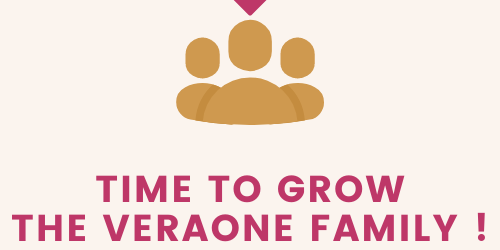Physical, Digital or Paper Gold: Which to choose?
Seen as the ultimate store of value, gold can take many forms in your portfolio. Should it be physical gold, digital gold on the blockchain or through Exchange Traded Funds (ETF) ; to anyone his own!
While watching the markets, it is not uncommon to notice a significant price difference between physical gold (goldspot) and paper gold (ETFs). Far from being a coincidence, this gap proves one point : Even though both products can seem close to one another, a real difference exists.
To help you make the right choices to optimize your portfolio, here is a deep dive into the main differences between physical, digital and paper gold.
Physical or paper gold, what are the differences?
“Physical gold” is defined as any real and tangible form of gold, which can be physically moved, delivered or stored (gold coins, gold ingots, etc.)
“Paper gold” can be defined as all of the financial products allowing an investor to bet on the (relative) volatility of gold on the financial markets (futures contracts, ETFs, contracts for difference …) without any counterpart in physical gold.
Seen as the ultimate value refuge since, well, ever, thanks to its role as a universal currency, physical gold is not pegged to the counterparty risk, unlike paper gold.
In simpler terms, if it is possible for an investor to find himself in the property of a financial product with no underlying value, it cannot be the case with physical gold. The latter will retain its inherent value during any exchange.
Physical or paper gold, which one suits you best?
Paper gold, a speculative tool for market traders?
If you are a day trader and want to speculate on gold’s price action, gold-pegged financial instruments enable you to trade easily and seamlessly at a fairly low price (depending on your broker).
However, these advantages are often counterbalanced by significant drawdowns, such as a harsh profit taxation in most countries, without even considering that 9 traders out of 10 lose money by trying to outsmart the market, according to the AMF, (Autorité des Marchés Financiers), the French FCA.
Physical gold, a portfolio's best friend
In an investment perspective, physical gold looks like the best option in the long run. Favoured by investors to make their long-term investments fructify, gold coins and ingots allow the creation of a sustainable, immutable store of value.
In times of global economic (and pandemic) despair, real tangible gold protects one’s portfolio in an incomparable fashion that you probably cannot find in any other investment and even more so with the current economic and financial uncertainty.
However, despite obvious advantages, physical gold is tough to exchange and carry around. And, because of the inherent flaws of human nature, it can be dangerous to transport from one place to another. And should you want to sell that gold, you cannot do so in the absence of a physical store, and even less so when the market is closed, on weekends.
Digital gold as the best of both worlds: store of value, ease of exchange
This is where digital gold, backed by audited physical gold on a 1:1 counterpart, comes under the spotlight as the most convenient type of gold there is. Whatever name is attributed (digital gold, gold-backed cryptocurrency, gold stablecoin, tokenized gold, etc.), it makes it easy for anyone to exchange and store physical gold on an online, decentralized and unhackable network.
Gold-backed cryptocurrencies have been around for longer than you think. One of the first cryptocurrencies to ever exist, not Bitcoin nor Ethereum, was Bit-gold, the first gold-backed digital currency pegged to the value of gold, theorized in 1998 by Nick Szabo. Even though it did not become a perennial currency due to technical imperfections (which S. Nakamoto later solved with Bitcoin), the idea of digitized gold has been around for longer than any of the cryptocurrencies we know today.
Gold stablecoins make the best of both worlds, cumulating easy of transfer and exchange with the value assurance of physical gold. Added to that, you can buy & sell any quantity, whenever you please. No need to wait for markets to open (let alone gold stores). And that’s not even considering the fact that digital gold entirely annihilates physical gold’s barrier to entry (an ingot is more expensive that most can afford). Want to buy a fraction of an ingot? You can, and VeraOne provides that service for little to no fee.
Paper gold’s ease of exchange and physical gold’s immutable value, that’s tokenized gold for you.



